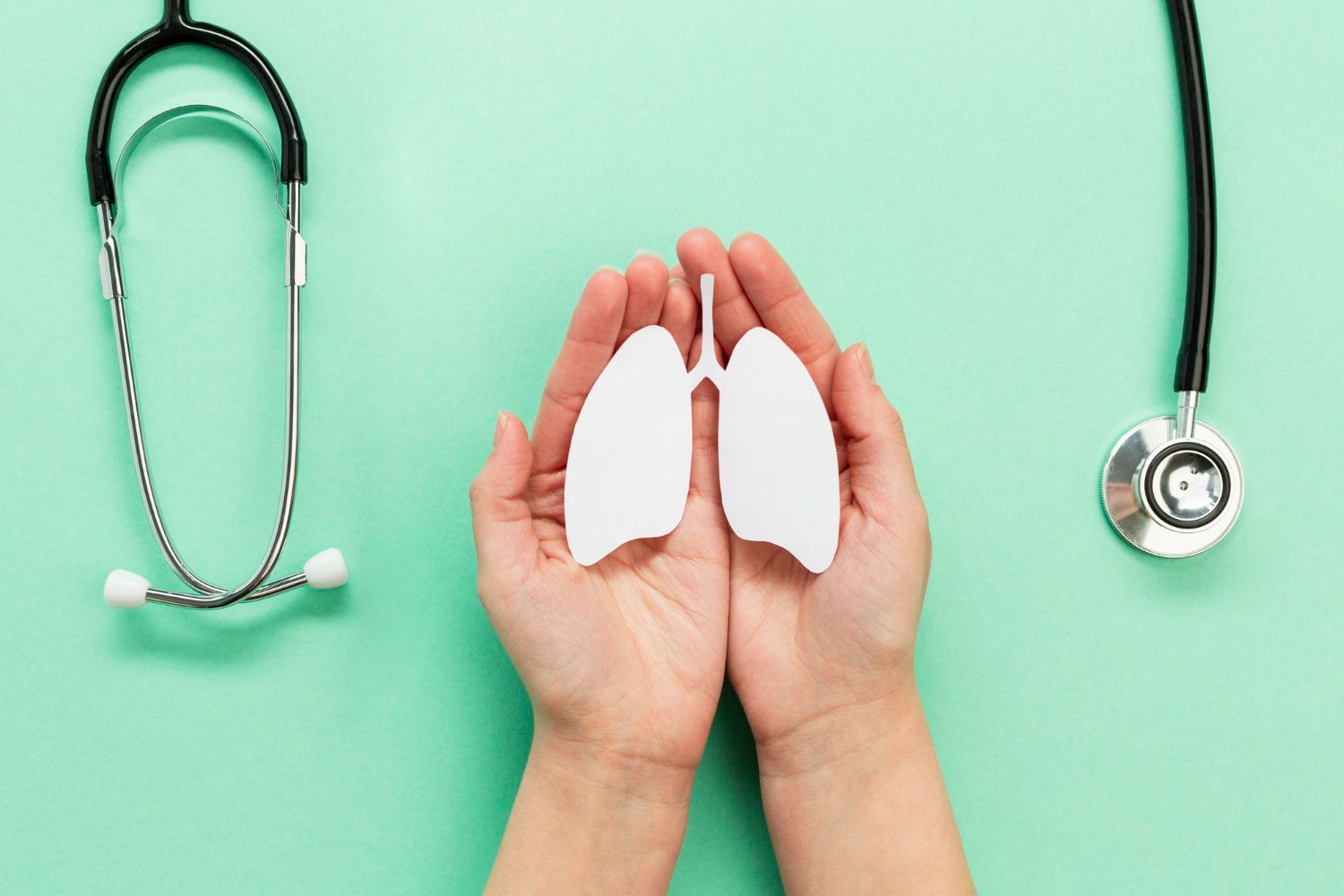
Understanding Kidney Stones: Causes, Symptoms, and Prevention

Introduction:
Kidney stones are a common and often painful condition that affects millions of people worldwide. These small, hard deposits that form in the kidneys can cause severe discomfort and lead to complications if not addressed promptly. In this blog post, we will delve into the causes, symptoms, diagnosis, treatment options, and prevention strategies for kidney stones.
I. What are Kidney Stones?
Kidney stones, also known as renal calculi, are solid deposits that develop within the kidneys. They are typically formed when certain substances in the urine, such as calcium, oxalate, uric acid, or cystine, become highly concentrated and crystallize. There are several types of kidney stones, including calcium oxalate, uric acid, struvite, and cystine stones. Each type has distinct characteristics and requires specific treatment approaches.
II. Causes and Risk Factors:
While the exact cause of kidney stones varies depending on the type, certain factors increase the risk of their formation. Dehydration, a family history of kidney stones, certain medical conditions (such as gout or urinary tract infections), and diets high in sodium, sugar, or oxalate can all contribute to kidney stone development. Additionally, a sedentary lifestyle, obesity, and high protein intake are lifestyle factors that can increase the risk.
III. Common Symptoms:
The symptoms of kidney stones can vary in intensity and presentation. The most common symptom is severe pain in the back or side, often referred to as renal colic. This pain can radiate to the lower abdomen and groin area. Other symptoms include blood in the urine (hematuria), frequent urination, and nausea accompanied by vomiting.
IV. Diagnosis and Treatment:
Diagnosing kidney stones typically involves a combination of physical examination, medical history review, urine analysis, and imaging tests such as X-rays, CT scans, or ultrasounds. Treatment options depend on factors such as stone size, location, and type. Pain management and symptom relief are usually the initial focus. Medical interventions may include medication to facilitate stone passage or reduce stone formation, extracorporeal shock wave lithotripsy (ESWL), ureteroscopy, or percutaneous nephrolithotomy (PCNL) for larger stones.
V. Complications and Long-Term Effects:
Kidney stones can lead to various complications if left untreated. They can obstruct the urinary tract, increasing the risk of urinary tract infections and potential kidney damage. Chronic kidney disease is also a possible long-term effect of recurrent kidney stone episodes. Therefore, it is crucial to address kidney stones promptly and effectively to prevent further complications.
VI. Tips for Kidney Stone Prevention:
Prevention is key when it comes to kidney stones. Adopting certain lifestyle changes and following preventive measures can significantly reduce the risk of stone formation. Adequate hydration and fluid intake play a vital role in preventing kidney stone recurrence. Additionally, dietary modifications such as reducing sodium intake, managing oxalate-rich foods, balancing calcium intake, and moderating animal protein consumption are recommended. Regular physical activity and maintaining a healthy weight are also crucial factors in preventing kidney stones.
VII. Conclusion:
Kidney stones are a prevalent condition that can cause significant pain and potential complications. By understanding the causes, symptoms, diagnosis, treatment options, and prevention strategies discussed in this blog post, individuals can take proactive steps to mitigate the risk of kidney stone formation and ensure their overall well-being. It is important to consult with a healthcare professional if you experience symptoms or have concerns about kidney stones. Remember, prevention is always better than cure, and taking the necessary precautions can make a significant difference in maintaining kidney health.
In conclusion, educating yourself about kidney stones and implementing preventive measures can help you stay on top of
Appreciate the creator